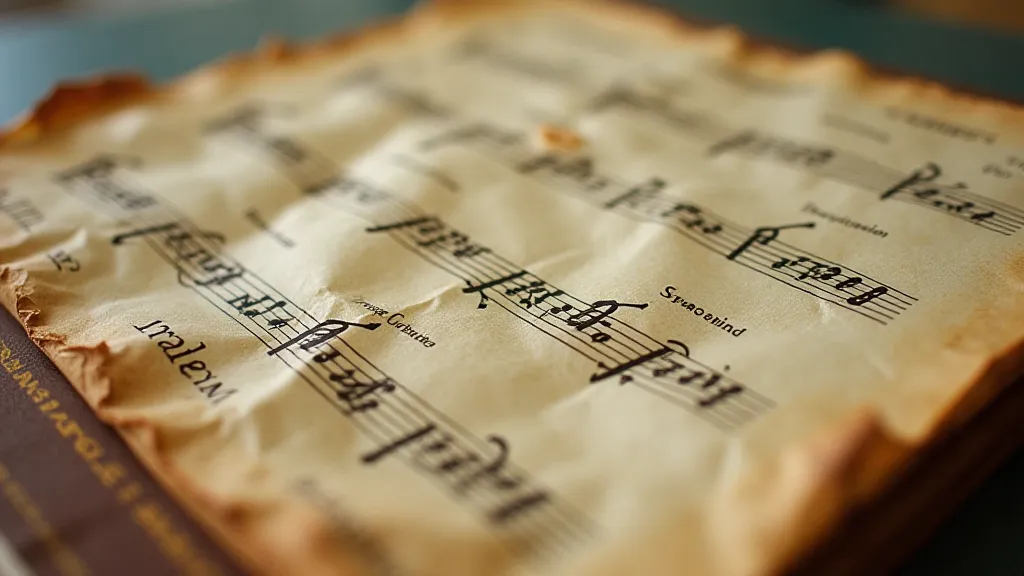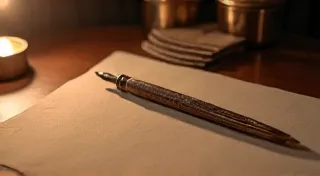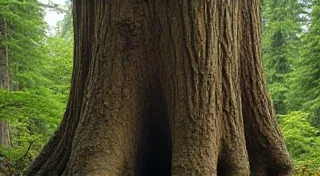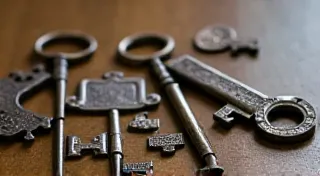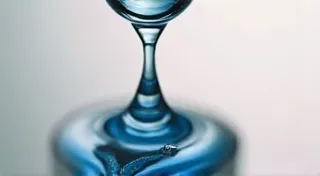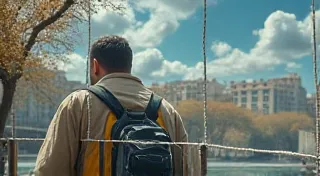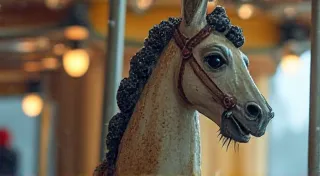The Phantom Orchestra: Imagining Scores for Lost Films
There's a particular melancholy that clings to forgotten things. A discarded photograph, a dusty antique, a melody unfinished. And within the world of film, that melancholy finds a profound echo in lost films – films that never materialized, or where the original music has vanished, leaving behind only spectral traces. It’s a thought experiment that can be as rewarding as experiencing the genuine article: to imagine, to reconstruct, to breathe life back into sonic landscapes that exist only as whispers in the collective memory.
My own fascination with this concept began unexpectedly. I’ve always been drawn to the tangible – the feel of worn sheet music under my fingers, the resonant weight of a well-loved instrument. Several years ago, I stumbled upon a collection of antique accordions at a small estate sale. Each one told a story – a ballroom waltz played for lovers long gone, a jaunty polka for a village festival. One in particular, a dusky brown Hohner from the 1920s, captivated me. Its reeds, though slightly worn, still possessed a depth and warmth that digital reproductions simply can’t capture. Holding it, I could almost *hear* the music it once played – and it sparked an idea: What if I could apply that same sensitivity to films that were, in essence, mute?
The Disappearance of Sound: Historical Context
The history of film music is surprisingly fragile. Early cinema wasn’t conceived of as a purely visual medium; often, live musicians – pianists, organists, even small orchestras – accompanied the screenings. As film technology advanced, recorded music became commonplace, but the preservation of these recordings has been inconsistent. Fires, neglect, and the sheer cost of archival storage have all contributed to the loss of original film scores. Think of films like “Cleopatra” (1963), where much of Alexander Courage’s ambitious, electronic score was tragically lost, necessitating a replacement soundtrack years later. Or consider the numerous silent films where the original musical accompaniment is known only through faint recollections or surviving stills showing a pianist at the keys.
The silent era in particular presents a unique challenge. While we can analyze the visuals, the intended emotional and narrative impact of the music is largely guesswork. What type of music would have underscored a tragic character's demise? A soaring, romantic melody? A stark, dissonant chord? These are the questions that drive the "phantom orchestra" exercise.
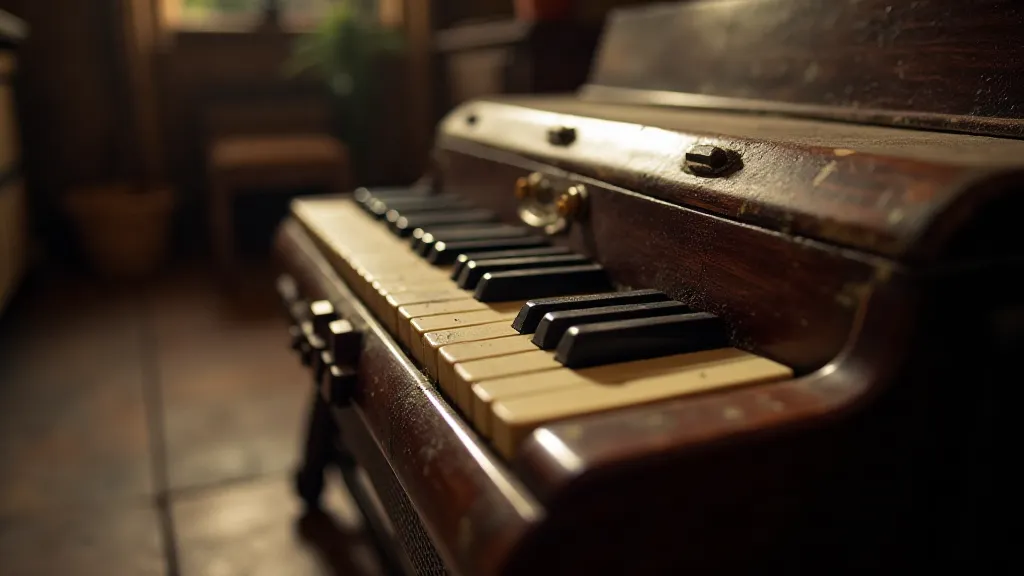
Reconstructing a Lost Score: "The Crimson Lily"
Let's consider a hypothetical example: "The Crimson Lily." This was a proposed film from the 1930s, a gothic romance set in a decaying English manor house, starring a young Greta Garbo (never confirmed, of course!). The project was shelved due to budgetary constraints and shifting studio priorities. There are only a few production stills and a brief synopsis suggesting a story of forbidden love and family secrets.
If I were to imagine a score for "The Crimson Lily," I wouldn’t lean towards the bombastic orchestral sound often associated with Hollywood epics of that era. Instead, I’d envision a more intimate palette: solo cello, muted trumpet, perhaps a harpsichord to evoke the manor’s faded grandeur. The main theme, representing the titular "Crimson Lily," would be a melancholic waltz, initially played on the cello, its melody hinting at both beauty and sorrow. As the story unfolds, the theme would be subtly altered—minor keys would creep in, dissonant harmonies would become more prominent—mirroring the protagonist’s descent into despair.
The manor house itself would be represented musically through a recurring motif: a slow, descending chord progression played on the harpsichord, creating a sense of claustrophobia and foreboding. Moments of romance would be underscored by a delicate, almost ethereal melody played on the muted trumpet, but always tempered by a sense of underlying sadness.
Crucially, the music would *serve* the visuals, never overpowering them. Early cinema relied heavily on this approach—the music was a guide for the audience, a subtle suggestion of the emotions the director wanted them to feel.
The Craftsmanship of Emotion
Imagining these scores isn't merely about creating music; it's about understanding the artistry of the original composers. It’s about appreciating the craftsmanship that went into selecting instruments, composing melodies, and arranging harmonies to elicit specific emotional responses. The best film scores aren't simply background music; they are integral parts of the storytelling process.
Consider the work of composers like Max Steiner, Erich Wolfgang Korngold, and Bernard Herrmann—masters of their craft who understood the power of music to shape the audience’s experience. By studying their techniques, we can gain a deeper appreciation for the lost art of film scoring and better understand the potential that was—and still could be—realized.
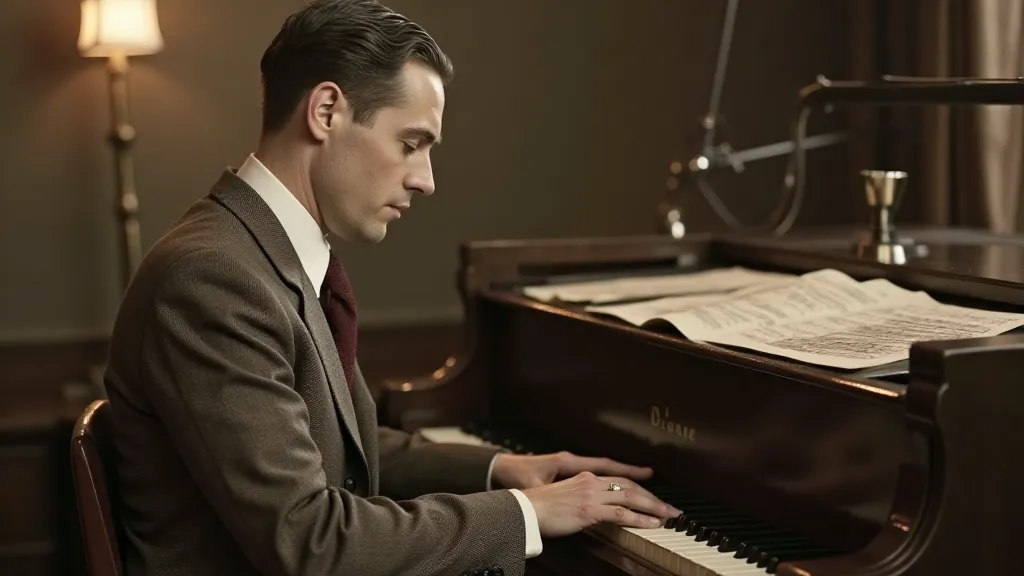
Collecting and Preservation: A Shared Responsibility
The disappearance of film scores is a tragedy, but it also presents an opportunity—an opportunity for collectors, archivists, and enthusiasts to work together to preserve what remains and to reconstruct what is lost. Original film scores, even fragments of them, are invaluable artifacts of cinematic history. The process of restoration—cleaning and digitizing old recordings—is critical to ensuring their survival.
Furthermore, the act of imagining and reconstructing lost scores, while speculative, can be a valuable form of preservation. By engaging with these lost works, we keep their memory alive and contribute to a deeper understanding of cinematic history. It’s an act of creative empathy—stepping into the shoes of the original composer and attempting to recapture the spirit of a lost work.
And sometimes, the most profound connection comes from the unexpected – the way a single chord or a simple melody, played on an antique accordion, can evoke a world of untold stories, a phantom orchestra whispering across the years.
